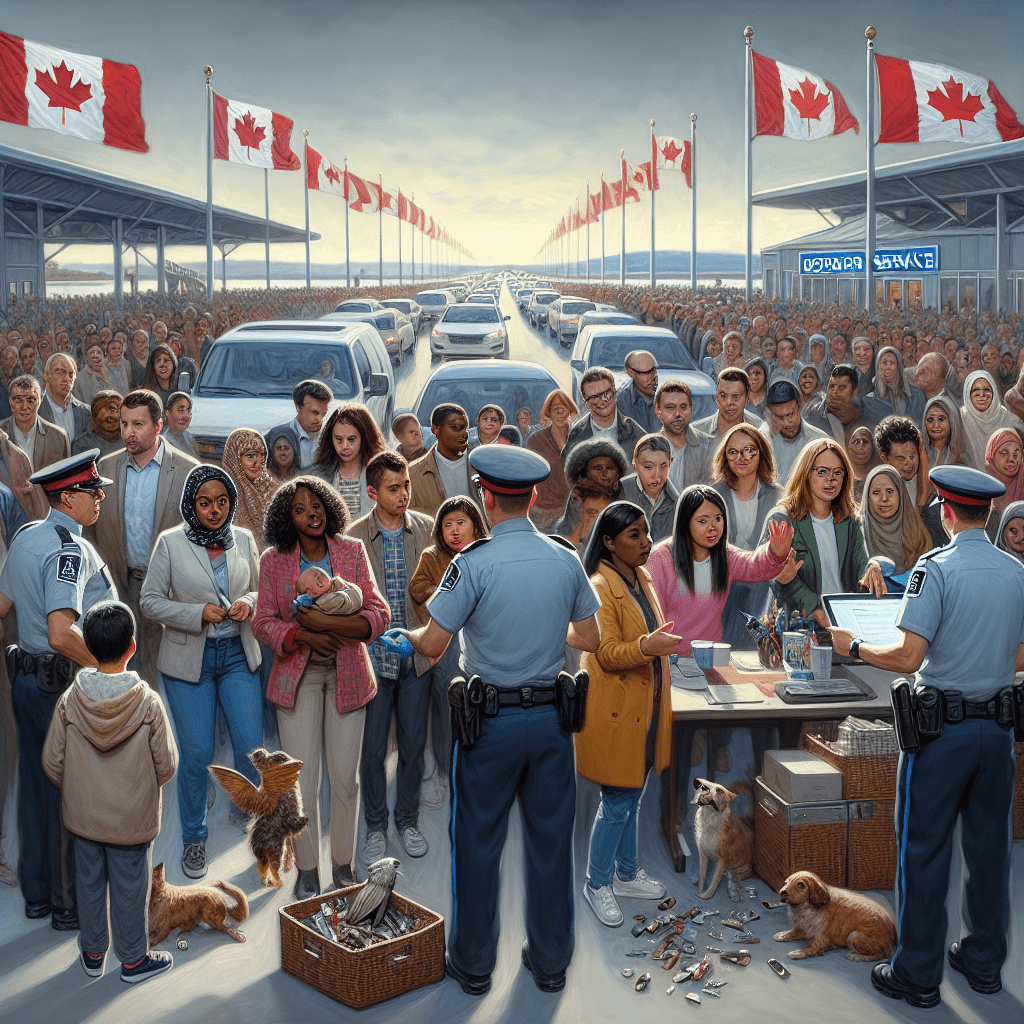Canada Bans Flagpoling for Work and Study Permits

Canada Bids Farewell to Flagpoling: A Shift in Immigration Procedures
Key Changes in Immigration Practices
As of December 23, 2024, at 11:59 PM ET, Canada has officially terminated the practice known as flagpoling. This change affects temporary residents who previously could apply for work and study permits at the port of entry after a brief exit from Canada, typically to the U.S. or St. Pierre and Miquelon. Flagpoling was favored for its speed and efficiency, allowing applicants to resolve their immigration matters in a single day.
What Was Flagpoling?
Flagpoling is a process where temporary residents leave Canada for a short visit to another country and then return to finalize their immigration-related procedures. This method was particularly popular because it provided immediate processing and direct interaction with border services officers, allowing for quicker resolutions to complex cases. Many applicants utilized flagpoling for renewing work or study permits or confirming their permanent residency status.
Reasons Behind the Decision to End Flagpoling
The Canadian government, led by Immigration Minister Marc Miller, cited several reasons for discontinuing flagpoling:
-
Resource Strain: The high volume of flagpoling was overwhelming border processing officers and facilities.
-
Border Traffic Disruptions: Increased flagpoling activities were causing delays and congestion at border crossings.
- Immigration Integrity Focus: The government aims to bolster the integrity and security of Canada’s immigration system by encouraging in-land processing rather than relying on flagpoling.
Minister Miller emphasized that this move would alleviate border congestion, enhance fairness for applicants, and improve the overall efficiency and security of border operations.
Implications for Temporary Residents
The end of flagpoling poses challenges for temporary residents dependent on this expedited process. Many will now need to submit work and study permit applications online through Immigration, Refugees and Citizenship Canada (IRCC), which could lead to longer processing times compared to the previous flagpoling system.
Employers who rely on temporary foreign workers may also feel the impact, as the ability for workers to quickly process permits at the border will be significantly reduced. As a result, both applicants and employers will need to adapt to the new online application systems, which traditionally feature longer wait times.
Exemptions to the New Rules
While the flagpoling practice is officially over, certain exemptions remain for specific groups:
- U.S. citizens and lawful permanent residents.
- Professionals and technicians under free trade agreements with various countries.
- Spouses of professionals and technicians covered under these agreements.
- International truck drivers with necessary work permits.
- Individuals with pre-existing appointments with the Canada Border Services Agency (CBSA).
A New Era for Immigration Processing
The discontinuation of flagpoling signifies a pivotal shift in Canada’s immigration landscape. While it may introduce short-term challenges for both applicants and employers, the long-term goal is to create a more secure and fair immigration system. Applicants must now adapt to a completely online application process, which may require additional support and guidance.
For those currently navigating this transition, personalized consultations with immigration experts can provide essential insights and assistance in managing the new procedures effectively.
As Canada moves forward, the focus on enhancing border efficiency and immigration security remains paramount, reflecting a broader commitment to a streamlined immigration system that meets the needs of all stakeholders involved.
Stay informed and prepared as you navigate these changes in Canada’s immigration policies.
Reference



